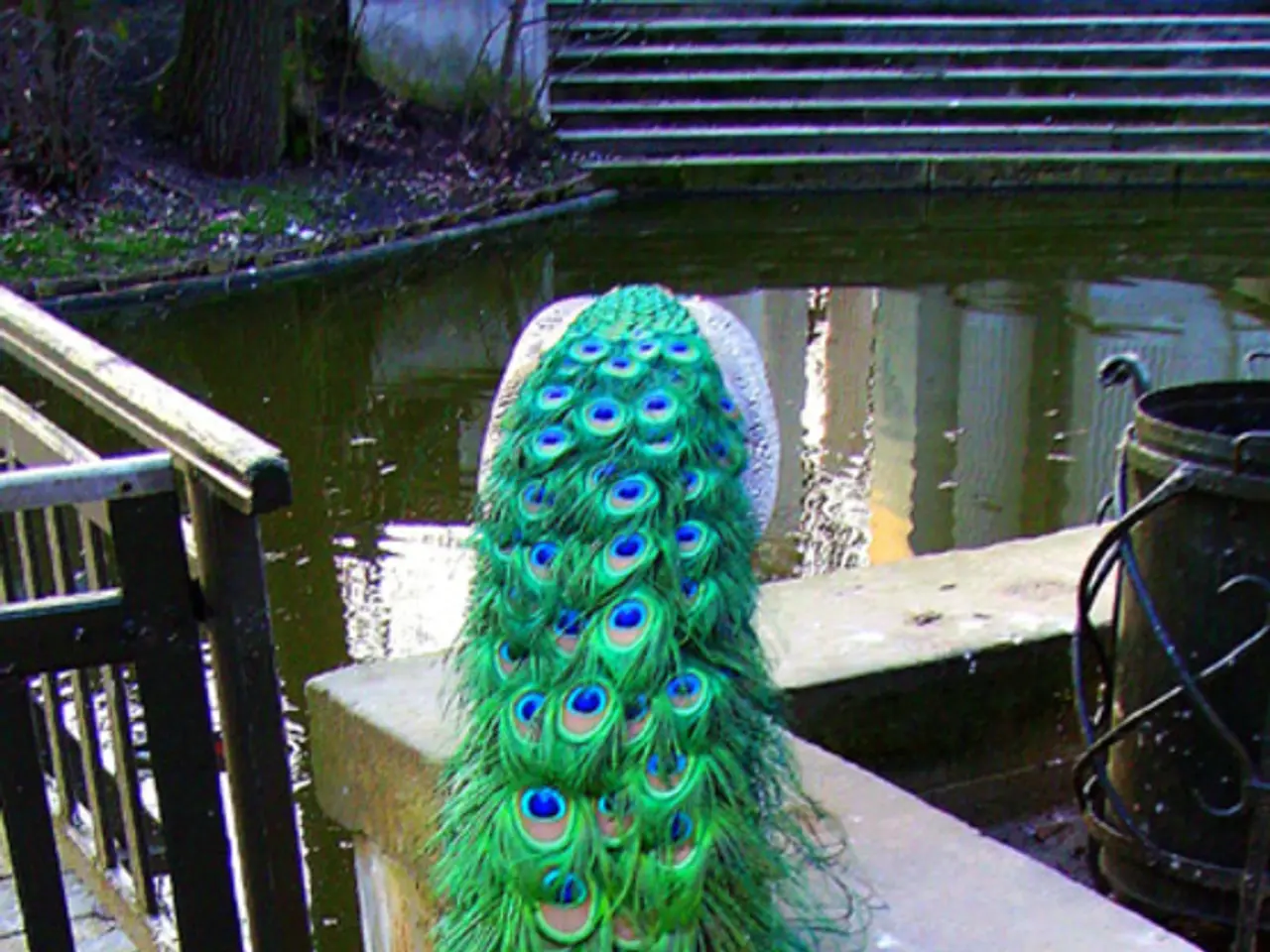Observed: Uncommon Aviary Population in the Danube Valley
In a rare find, a pair of quails has been discovered in a meadow between Muhlheim and Fridingen, near the railway line, in the district of Tuttlingen, Germany. The quail, a shy bird, is known to be on the decline due to early and mechanical mowing of meadows, and in Baden-Württemberg, it is classified as "strongly endangered" (RL BW 2) on the Red List.
The Landscape Conservation Association (LCA), an organisation that aims to preserve the natural heritage and cultural landscape, has taken note of this discovery. Thomas Stehle, a colleague of Fabian Sauter, explains the significance of late-mown meadows and grass strips for quails. Late-mown areas provide secure cover for the quail and its potential offspring, making them essential for the survival of this endangered species.
The LCA, a non-profit registered association, is made up of municipalities, agricultural associations, and nature conservation organisations active in the district. They advocate for landscape maintenance measures that benefit both agriculture and wildlife, and are available to provide advice and action to farmers.
The farmer responsible for the area near Mühlheim has implemented a specifically adapted mowing concept for the quail. This shift in mowing practices will continue on both sides of the railway line until August, after the breeding season, to ensure the safety of the quail and its offspring.
In Germany, there are estimated to be no more than 1,300 to 2,000 breeding pairs of quails. However, it is not certain that the bird pair in Tuttlingen will choose the Donautal as a breeding site next year, as the quail is not particularly faithful to place. In recent years, quails have hardly been seen in the district of Tuttlingen, with only some indications of their presence in the area around Geisingen, according to Fabian Sauter.
The discovery of the quail pair is considered a rarity, and the LCA encourages farmers in the district to be attentive to whether such birds are present on their areas. By adopting late-mowing practices and working with the LCA, farmers can contribute to the preservation of this endangered species and the rich biodiversity of their local landscapes.
Read also:
- Peptide YY (PYY): Exploring its Role in Appetite Suppression, Intestinal Health, and Cognitive Links
- Toddler Health: Rotavirus Signs, Origins, and Potential Complications
- Digestive issues and heart discomfort: Root causes and associated health conditions
- House Infernos: Deadly Hazards Surpassing the Flames








